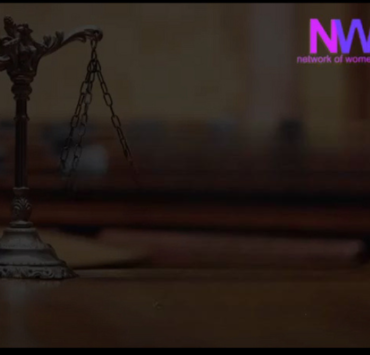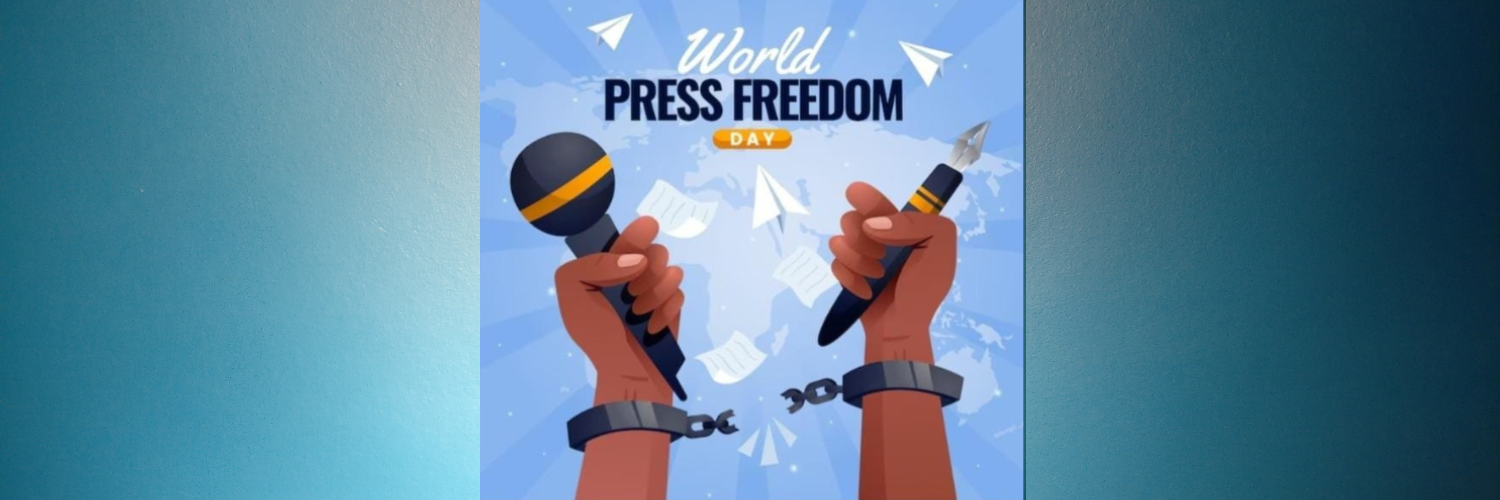
By Editors
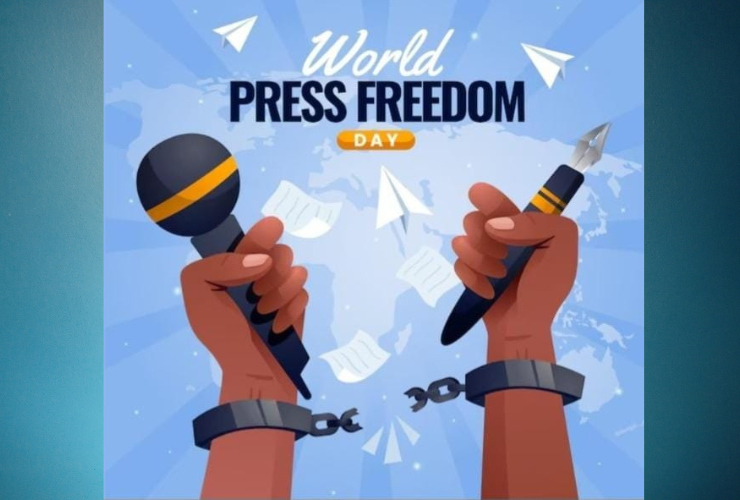
A recent report by the Free Speech Collective, ‘Crossing The Line: 18th Lok Sabha Elections and Free Speech In India’ notes that at least 34 journalists were among the 46 citizens attacked across the country from January 1 to April 30, 2024. “A dangerous portent, with print and electronic media teetering between partisan advocacy and self-censorship, the last remaining space for informing the electorate may soon be completely eroded.” To mark World Press Freedom Day on May 3 this year, the Network of Women in Media, India, has republised the FSC report with permission:
Crossing The Line: 18th Lok Sabha Elections and Free Speech In India
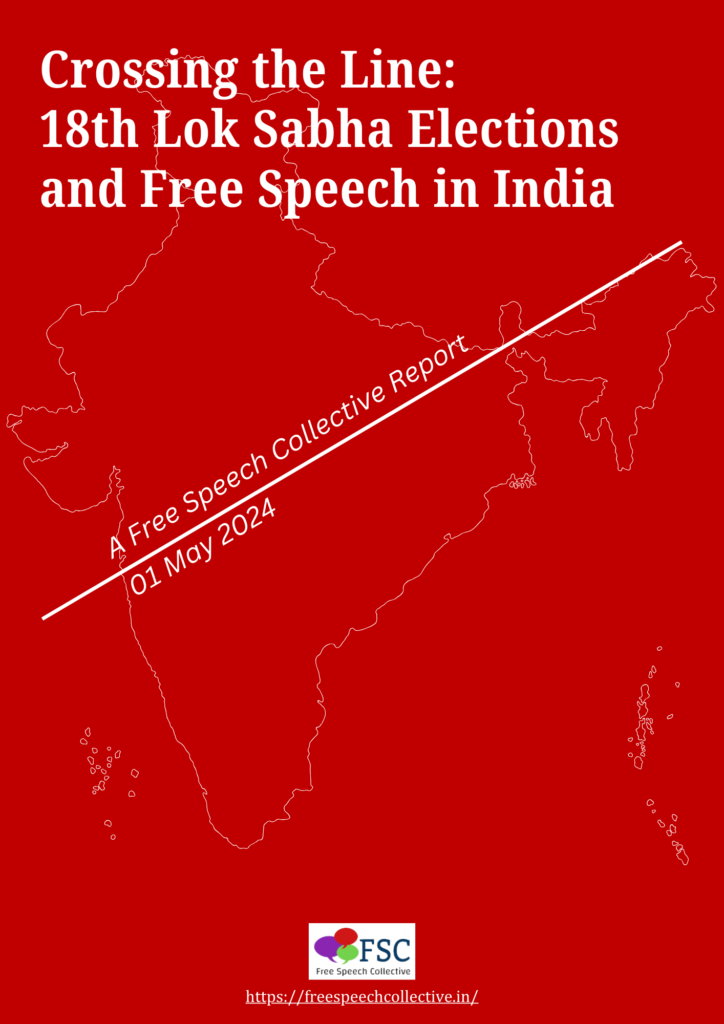
From January 2024 onward, in the run up to the most contentious and divisive general election that India has witnessed, there have been at least 134 instances of free speech violations in the country. With false narratives, deliberate disinformation and hate speech dominating the electoral agenda, the space for verified information, the voicing of dissent or even raising serious debate has all but disappeared.
Free Speech Collective’s review of free speech in India in the first four months of 2024 reveals that the crackdown has been across the board. Journalists, academics, YouTubers, students and other citizens have faced arrests, attacks, threats, harassment and censorship, marked by arbitrary enforcement of rules and laws. Alongside, authorities have been prickly about what is perceived to be critical international coverage, as Avani Dias found out before she was forced to leave India abruptly, an invisible boundary had been drawn.
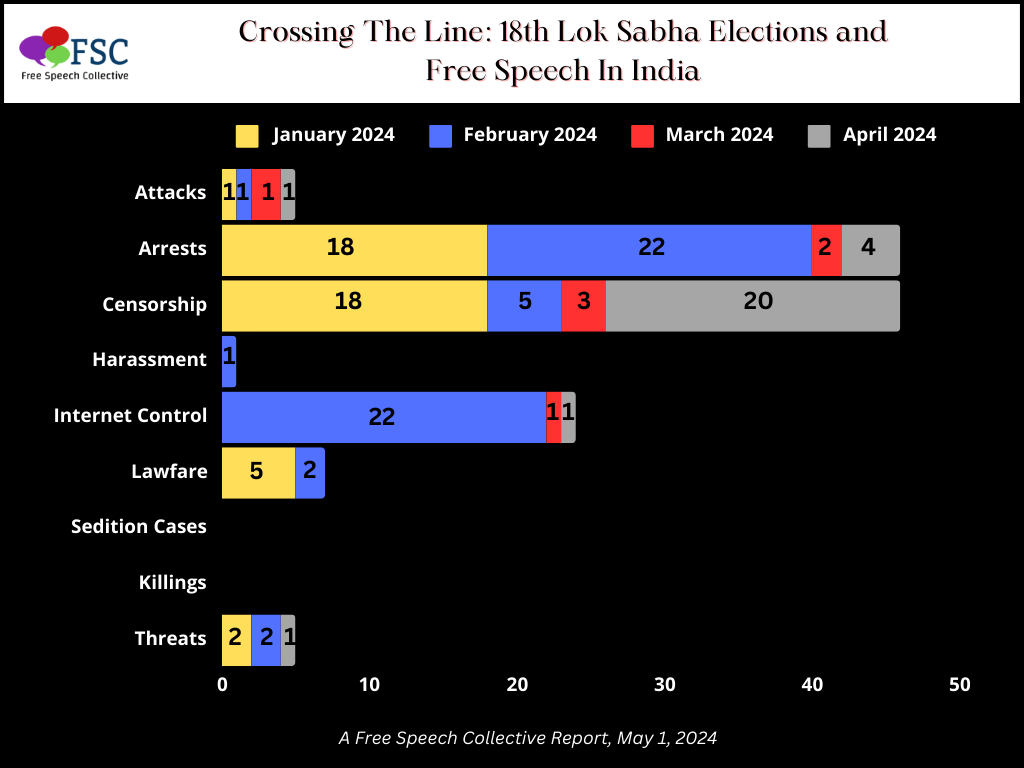
On April 22, 2024, three days after the first phase of the election began, Dias, the South Asia bureau chief of Australian Broadcasting Corporation was forced to pack her bags and leave because she was told her reporting had “crossed a line”. The ouster came barely two months after French journalist Vanessa Dougnac was forced to leave after her journalism permit was revoked in September with no reason provided, followed by the revocation of her Overseas Citizen of India (OCI) card that allowed her to live and work in India for more than two decades. On February 27, 2024, UK based academic Nitasha Kaul was deported from Bengaluru airport, despite an invitation from the Karnataka government to attend a conference on the Indian Constitution.
Free speech in India has sunk into a perilous abyss and steadily falling press freedom indices underscore the dangers of crossing a line that is becoming increasingly contentious. While this report did not track hate crimes, it must be noted that hate speech, especially from ‘star’ campaigners like Prime Minister Narendra Modi saw little or no action from the significantly weakened Election Commission of India, despite widespread public condemnation and the filing of official complaints.
The recorded data on free speech issues clearly shows that while openly partisan sections of dominant media echo a dangerously divisive agenda with impunity, independent media faces punitive action and struggles to be heard.
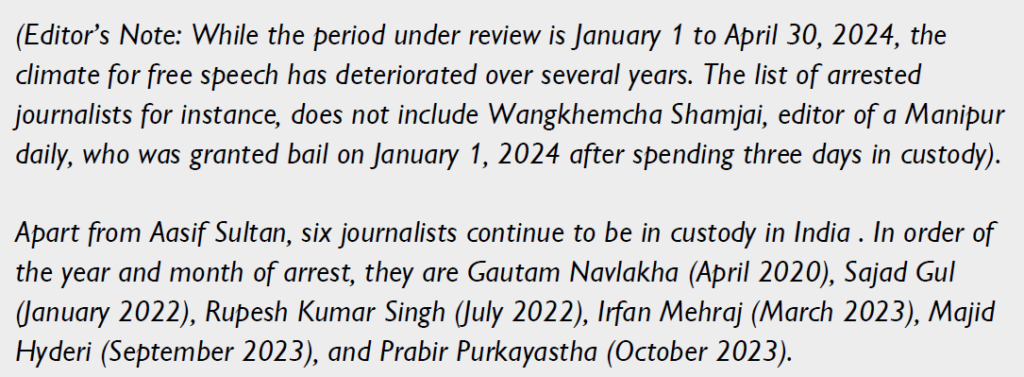
Of the five journalists arrested since the beginning of this year, three were granted bail Dhanabir Maibam of Manipur, Santu Pan in West Bengal and Ashutosh Negi in Uttarakhand, while two continue to be in custody. Kashmir journalist Aasif Sultan, in custody since 2018, was re-arrested under the Unlawful Activities Prevention Act (UAPA) four days after being granted bail in earlier cases, while Punjab journalist Rajinder Singh Taggar was arrested on charges of alleged extortion.
At least 34 journalists were among the 46 citizens attacked across the country, including senior Marathi editor Nikhil Wagle, who was chased on February 9, 2024 by a murderous mob when he was on his way to a public meeting in Pune, accompanied by advocate Asim Sarode and activist Vishwambhar Choudhary. A day earlier, in a separate incident in Haldwani in Uttarakhand, ten journalists were attacked by a violent mob while one of them, photojournalist Sanjay Kanera, sustained grievous injuries and escaped with his life. According to reports, the mob burnt down the bikes of 14 journalists.
Among the states, Uttarakhand, with ten instances, topped the list of 46 attacks on account of free speech violations in the last four months, followed by Maharashtra, with nine incidents. Haryana had the highest number of internet shutdowns due to the farmers’ protest, followed by Punjab and Manipur, still ridden with violence. Manipur had the longest internet shutdown, from May to December 2023, with shutdowns continuing to be intermittently imposed.
In January, government orders, aided by legal provisions of the Information Technology Act, resulted in the blocking of websites like Hindutva Watch and India Hate Lab that track hate speech.
While this report registered 46 instances of censorship spanning social media, news media, academia and the field of entertainment across India, the figure is deceptive as a single event could result in the blocking of multiple social media accounts. For instance, the discussion online around the time of the consecration of the Ram temple in Ayodhya in January, resulted in the blocking of more than a hundred social media accounts.
The trend continued the next month with the protest of farmers in Haryana. At least 177 social media accounts and web links were blocked, on the orders of the Ministry of Electronics and Information Technology on February 14 and 19 at the request of the Ministry of Home Affairs under section 69A of the IT Act. This period also recorded the highest number of internet shutdowns.
While lawfare continued to be deployed to target journalists, opposition politicians and YouTubers, censorship of entertainment followed the pattern of earlier years, with cuts of controversial scenes. Given the electoral climate, films with overtly political content like Monkey Man are yet to get a clearance from the Central Board for Film Certification for public screening in India.
In academic spaces, censorship (twenty-four instances in academia in just the first four months of the year) has become the norm. Vigilante groups – both online and offline, stake out their targets and track their social media avatars. In this, they are aided by right wing media platforms who utilise privileged vantage points to whip up sentiments against citizens. A case in point is the recent targeting of a school Principal in Mumbai for her tweets that ‘liked’ support for Palestine!
Earlier, there were attacks on gatherings of students and citizens who organised film screenings of the documentary ‘Ram ke Naam’ on the occasion of the consecration of the Ram temple in Ayodhya in January.
The screening of the documentary was cited as one of the reasons for the two-year suspension and debarring of Ph.D scholar Ramadas KS, from all campuses of the Tata Institute of Social Sciences (TISS) on April 18. The general secretary of the Progressive Students Forum (PSF), Ramadas was punished for ostensibly “anti national” activities, such as participating in a protest march against the Central government’s education policies in January 2024.
Furthermore, the prestigious social science institute, which saw its autonomy being steadily whittled down with more government control over funding, issued a circular that a range of activities including “protest, screening, online viewing, seminars, workshops, meetings affiliated to politicians or in solidarity with any public figure, etc., will be strictly prohibited within campus till the conclusion of election.”
Absurdly, the circular cited the Model Code of Conduct of the Election Commission of India (ECI) which is applicable to political parties and candidates for the general elections, not students.
The TISS censorship story was one of the four instances of censorship at TISS and one of the 46 instances of censorship recorded in the period under review by Free Speech Collective. With the hotting up of election coverage, the first casualties were Marathi news channel ‘Lokshahi Marathi’, Caravan newsmagazine and the popular Hindi YouTube video channel Bolta Hindustan. On February 13, 2024, Caravan magazine received an order issued by the Ministry of Information and Broadcasting (MIB) ordering a takedown of their article ‘Screams from the Army Post: The Indian Army’s torture and murder of civilians in a restive Jammu’ within 24 hours. The magazine has challenged the order.
On April 4, 2024, the Hindi new channel Bolta Hindustan founder editor Haseen Rehmani, learnt of a notice blocking the channel issued by the MIB via an email from YouTube. The notice was ‘confidential’ and there was no reason ascribed for the blocking.
At around the same time, National Dastak, another popular Hindi YouTube news channel that was devoted to covering issues of marginalised sections of society, also got a notice for blocking its channel. Any least two other channels were targeted financially, with the social media platform downgrading their status as demonetised, thereby robbing them of a chance to earn any advertising revenue.
Earlier, the MIB had notified the Press Information Bureau (PIB) for the controversial fact check unit which had been challenged in the Bombay High Court and went to the Supreme Court after a split verdict. However, the apex court stayed the notification stating that serious constitutional questions were raised by petitioners who had challenged the notification.
Again, it was left to the Supreme Court to provide some relief for Javed Ahmed Hajam, a Kashmiri professor working in Sanjay Ghodawat College in Kolhapur district of Maharashtra, who was charged under Sec 153-A for his critical post on the abrogation of Art 370 in a WhatsApp group. In March, a bench led by Justice Abhay Oka said that his post was an expression of his individual view and at best, a protest, which is a part of his freedom of speech and expression guaranteed by Article 19(1)(a).
Nonetheless, the government continued displaying its intent to put regulatory mechanisms with a long-term impact on freedom of expression in place. On April 4, 2024, the MIB constituted a ten-member committee of bureaucrats to “delineate the sphere of online information dissemination which needs to be brought under regulation, on the lines applicable for print and electronic media.”
A dangerous portent, with print and electronic media teetering between partisan advocacy and self-censorship, the last remaining space for informing the electorate may soon be completely eroded.




